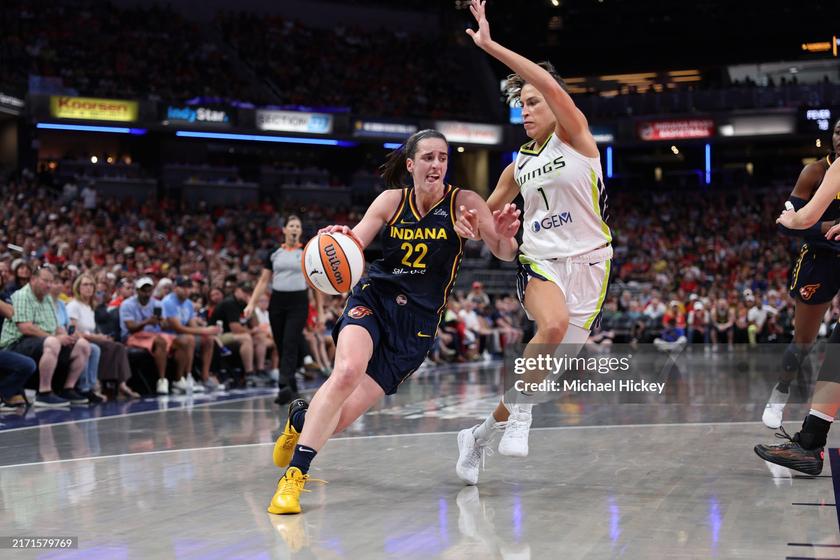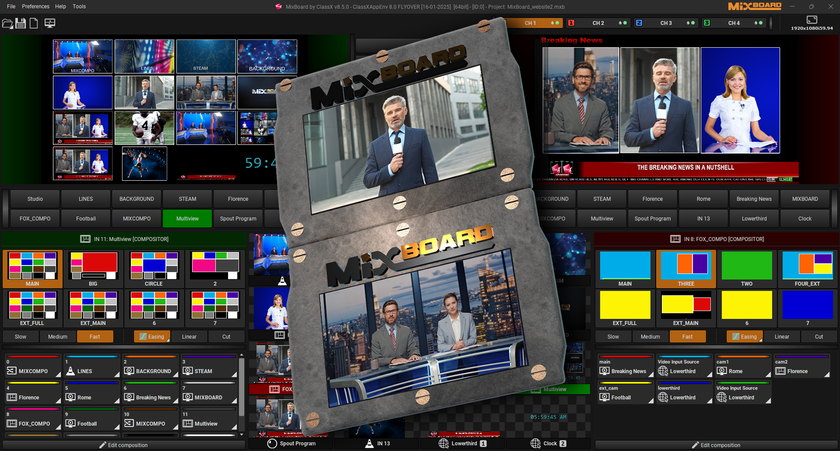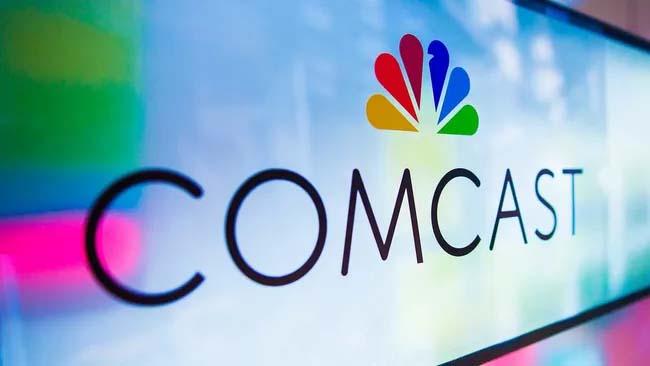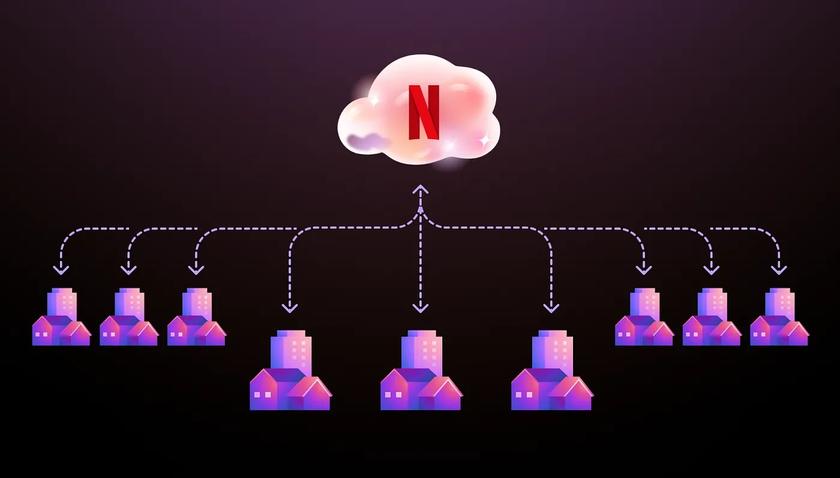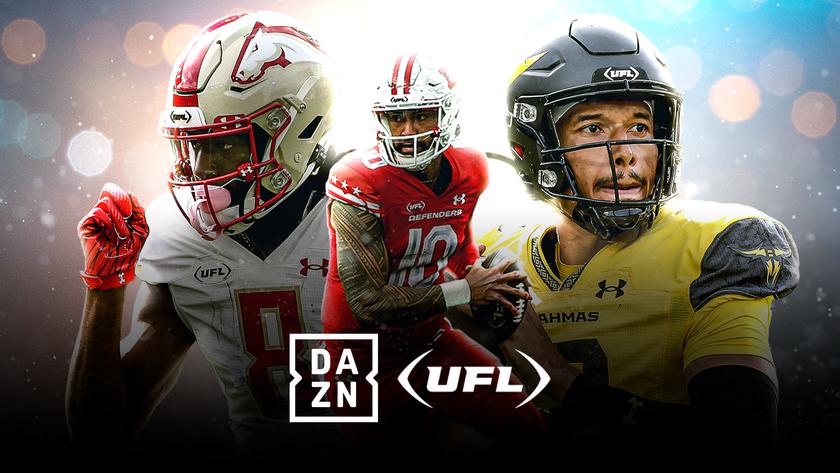Are We Being Social Yet?
NEW YORK--I attended a conference on sports broadcasting late last year. One particular session caught my attention. “How Social Video Will Change the Way You Create Content” brought together leaders from across sports, all whose companies’ names began with the letter N: NBA, NBC Sports Group, New York Giants, and NASCAR.

Alliteration notwithstanding, the session was a high-level clinic on producing content for social media, in particular Facebook Live. The discussion ranged across what makes compelling social video, how to attract and grow an audience on social media, and how to make videos appear “genuine.” It was clear these entities have spent considerable time and effort to reach for the pinnacle of social video success—viral videos that set them apart from the crowd and reach large audiences.
The talented panel taught me much, but as I left the room, several questions occurred to me. I think these point to some gaps in the way we are thinking about video for social media:
1) What do we mean when we say ‘social video?’
There seems to be a generally accepted belief that almost any video delivered via a social platform is, by default, “social.” That implies we can simply take the traditional one-way TV model and apply it to this new delivery platform. Content might be editorially tweaked to make it feel more authentic to the social media generation, but the approach to social is fundamentally familiar.
Doesn’t that miss the point of “social” media? Webster defines “social” as “likely to seek or enjoy the company of others.” To my mind that suggests that social video should be a bidirectional experience that directly involves the audience’s actual voice within the program. Content providers intuitively acknowledge this when they encourage audiences to participate in chat around the content.
When posts and texts appear as graphics in a program, it is recognition of the need to involve the audience, but there is still distance between the content and the audience.
Get the TV Tech Newsletter
The professional video industry's #1 source for news, trends and product and tech information. Sign up below.
2) Okay, but why does an organization want to create social video in the first place?
When I ask this question, I receive fairly stock answers. For the sports folks in the session, social video focuses on fan engagement, letting audience members feel they are getting a look behind the scenes and insider knowledge that proves they are plugged in.
But pushed to explain in terms of tangible value, the responses can be compelling, but not particularly concrete. One hears about numbers of people who “like” or “share” the material or maybe some statistics on dwell time and millions of views. Some producers respond that expanding their social presence and gaining “followers” builds a novel “two way” relationship with the audience that can be used to test new concepts and receive almost instant feedback on ideas. I question whether that is enough of a return to sustain the investment in these operations long-term. That leads me to my third question:
3) Can all the effort going into social video reap a monetary reward?
Monetization was not discussed at the session. I suspect few of the panelists worry about direct reward. If more people watch the game, that’s a meaningful benefit for an organization where audience size correlates with revenue. This leads me to assume that their social video operations are funded by the promotional budget.
As entertainment companies and content creators, it surprises me that they willingly forgo the opportunity to profit from their product. The challenge is to figure out what such monetization might look like. Facebook already puts ads alongside content on its platform and some fortunate content creators do get paid for their contributions, but there are indications that this may be at an end. Twitter has announced revenue splits, and we may see this from other social media platforms, but this approach requires a pre-roll, which may impact views on what is intended to be viral video.
Could we attach embedded sponsorship to viral content? It’s all a bit squishy at the moment. Facebook, for example, has new rules for identifying third party sponsored content on Live. This should not discourage anyone. We’re just at the beginning of seeing how this opportunity might work.
Posting something to really ‘Like’
Most of what is termed social video by the industry retains the legacy of the impermeable wall between the viewer and the program. The model is that of a one-way medium, but today’s audience craves two-way interaction. We can now poke holes in that barrier, invite the audience into the program and let them share their experiences and points of view. That’s social.
We are starting to see this. Last year Jimmy Kimmel’s Wall of America put live video callers on national television. Major League Baseball’s Chatting Cage invites sports fans to click a button and join conversations with their sports heroes. The Tea, on Wet Paint, is an ongoing daily twenty-minute gossip show airing on Facebook Live that invites callers to join the discussion (disclosure: The Tea is powered by technology from the Video Call Center of which I am CEO).
There is great experimentation underway. A new form of television is being born as creators break away from traditional one-way content, expand the conversation with their audience, create organic benefits for their team or channel, and pursue financial return on their contributions.
I cannot wait to attend next year’s conference!
Larry Thaler is the President of Positive Flux, a consulting firm that specializes in helping media companies take advantage of the rapid changes occurring in the industry. He can be reached via TV Technology.




